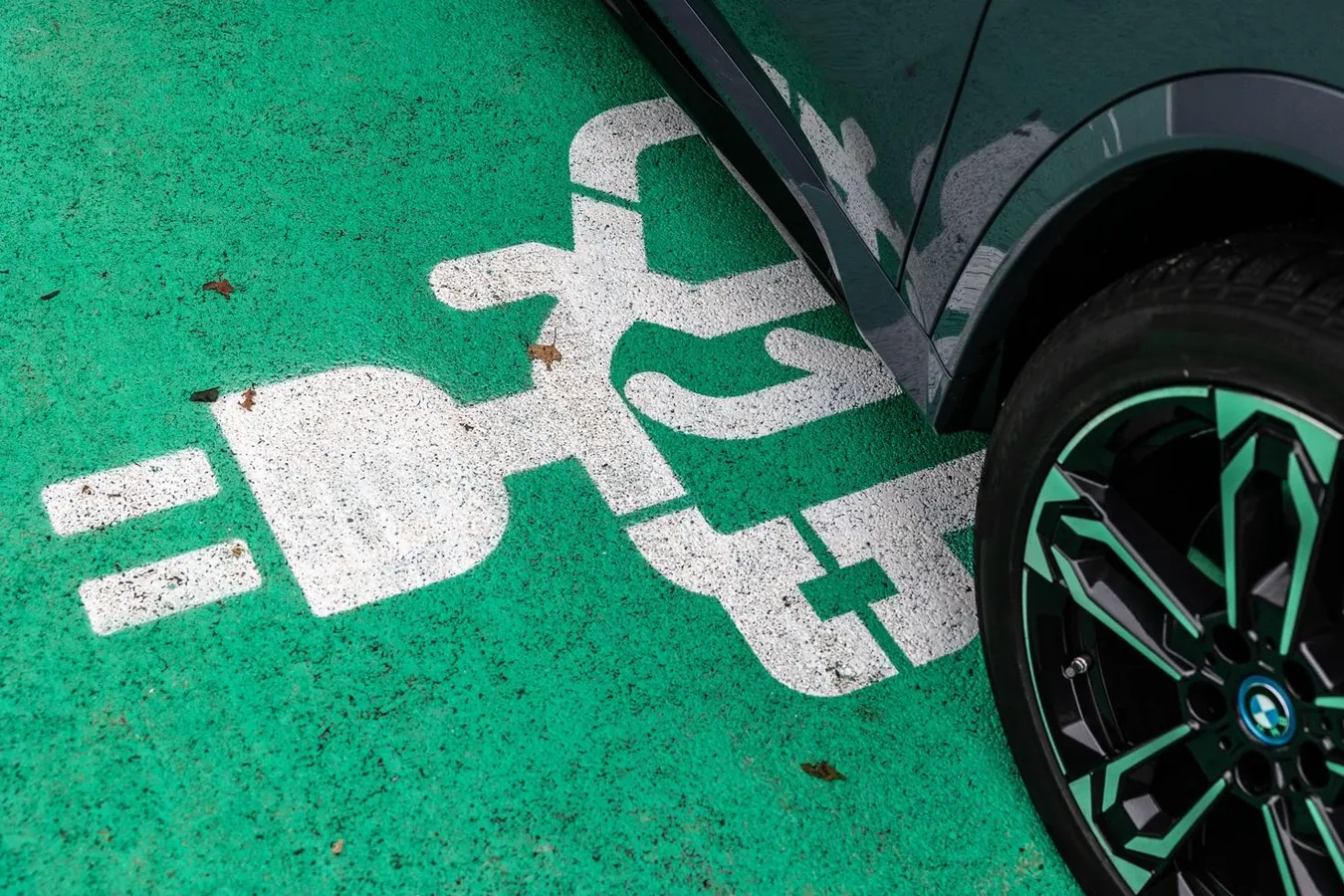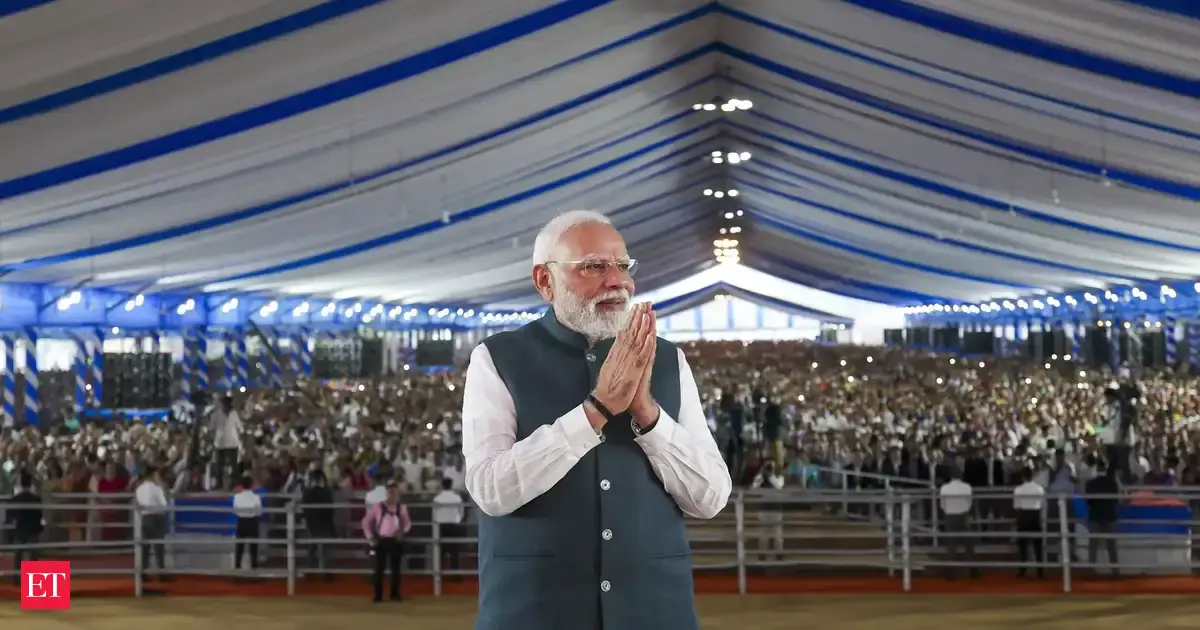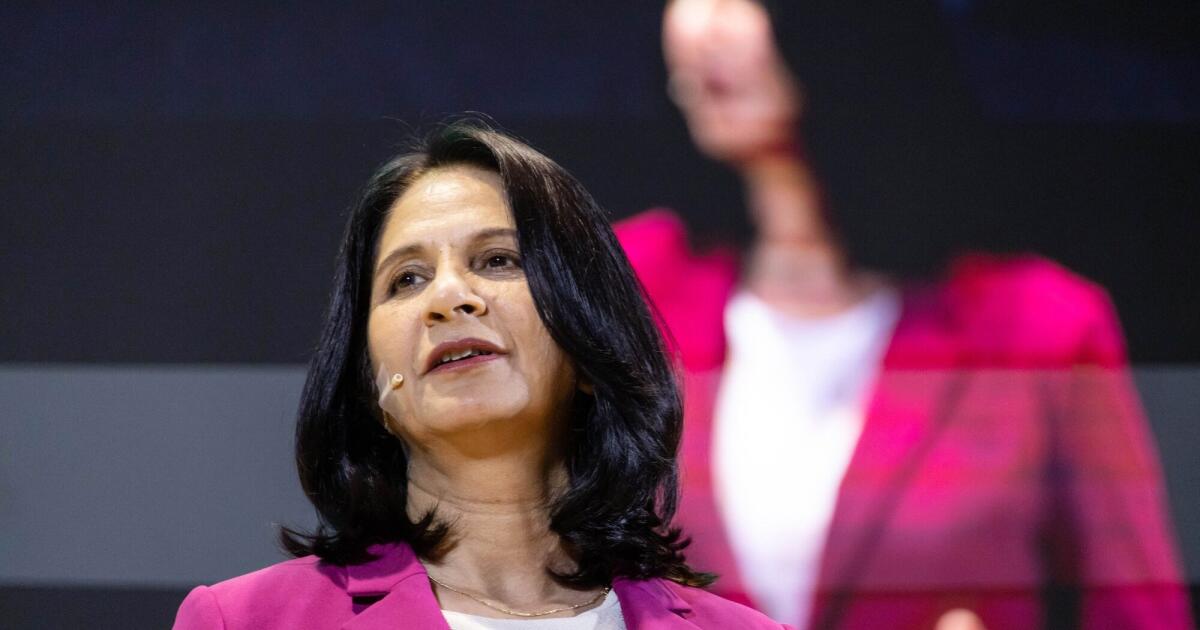By Contributor,Emanuele Cremaschi,Marie Sapirie
Copyright forbes

MILAN, ITALY – DECEMBER 11: A general picture shows a painted road sign showing an electric car charging station on December 11, 2023 in Milan, Italy. (Photo by Emanuele Cremaschi/Getty Images)
Getty Images
Two notable events are about to take place in the automotive world. Ferrari — the preeminent Italian maker of superfast, superloud, super-expensive garage decorations — is days away from revealing its first fully electric vehicle, which will presumably also be fast and expensive, if not necessarily loud.
And September 30 is the end of the line for the section 30D EV credit and most of its near relations in the tax code. While the two events may seem paradoxical, they share a root cause. Ferrari’s announcement responds to market demand and technological development.
More surprisingly, Congress seems to have both recognized that those same market indicators mean that section 30D has outlived its ostensible purpose of getting the EV industry off the ground and responded appropriately by ending the subsidy. That rarely happens.
Even as the clean vehicle credit drives off into the sunset, former subsection 30D(d)(7) casts a long shadow across the code. The novel foreign entity of concern rules were first introduced in the Inflation Reduction Act of 2022 as the de facto justification for continuing the EV credit. After the IRA, EVs still weren’t slated to be completely sourced and made in America, but the participation of countries like China in the U.S. EV supply chains was supposed to decrease.
The DNA of those rules lives on in the One Big Beautiful Bill Act (P.L. 119-21) in the prohibited foreign entity and material assistance rules in subsections 7701(a)(51) and (52). Those new rules originated in the IRA’s expansion and extension of section 30D and apply to credits under sections 45Y, 48E, and 45X, none of which are related to the experiment in subsidizing EVs. Having established and then extended the scope of the foreign entity of concern rules, Congress could well decide to import similar restrictions on foreign entity participation into other tax benefits.
MORE FOR YOU
The idea that gave birth to the foreign entity of concern restrictions will likely continue to influence tax policy and complicate tax planning and enforcement.
Following the Market
Much of the commentary on Ferrari’s coming EV cites European regulatory requirements as the ostensible reason for the new design, but the United States constitutes a major part of Ferrari sales and almost certainly has the highest per country: 3,452 of the 13,752 total number sold in 2024 went to U.S. customers. All of Europe, the Middle East, and Africa together accounted for 6,204 sales.
Downers Grove, United States – June 07, 2019: A high angle shot of a ferrari car logo
In case the impact of the American market wasn’t clear, Ferrari also sells $500,000-plus SUVs driven by the squash and dressage moms in Palm Beach, Florida. So presumably Ferrari has plans to sell Americans expensive EVs. California state policy is not driving Ferrari’s decision — buyers of luxury vehicles assiduously follow trends, and regulatory nudges are for everybody else.
The House report on the OBBBA only glanced at the idea that the subsidies had outlived their purpose, which was a mistake. “The Committee believes that the repeal of many existing tax incentives, including the credit for new clean vehicles, makes the tax system simpler and fairer for all taxpayers, and allows for lower tax rates,” the report said. (H.R. Rep. No. 119-106, at 1650 (2025).) The House Budget Committee also identified expanding the economy as a reason to eliminate section 30D. If subsidies in the tax code are really meant to help nascent and strategically important industries get on their feet, legislators should say so when enacting and repealing them.
Despite Congress’s obfuscation, the end of section 30D was far from untimely. EVs are well established. And they weren’t new technology when the credit was first introduced. William Morrison of Des Moines, Iowa, built a successful electric car — it was more of a battery-powered carriage — in 1890. Many similar models followed.
Powering Up, Powering Down
Section 30D was introduced into the tax code in the Energy Improvement and Extension Act of 2008. It joined similar consumer credits in section 30B for new qualified fuel cell vehicles, hybrids, advanced lean burn technology vehicles, and alternative fuel vehicles. The qualified fuel cell vehicles credit saw a few extensions but was finally terminated in 2021; the rest phased out in 2009 or 2010.
The House report in 2008 explained that EVs were the future: “The Committee believes the present-law incentives for alternative fuel vehicles should be expanded to include benefits for plug-in electric drive vehicles, which the Committee believes are the next generation of alternative-fuel vehicles.” (Renewable Energy and Job Creation Act of 2008, at 82.)
The battery EV industry was still in its fledgling stage when the Energy Improvement and Extension Act passed. Tesla delivered its 100th Roadster in December 2008. The Nissan Leaf debuted in 2009, and production began in 2010. But by the time the IRA passed in 2022, at least 600,000 new EVs had been registered in that year alone. And by the end of 2024, annual EV sales in the United States had reached 1.3 million, according to the Kelley Blue Book.
During the deliberations that led to the IRA’s changes, the Biden administration said that the EV credit extension was intended to prioritize domestic EV manufacturing. The October 2021 framework for the Build Back Better Act proposal (H.R. 5376) said the bill was designed to “ensure clean energy technology — from wind turbine blades to solar panels to electric cars — will be built in the United States with American made steel and other materials, creating hundreds of thousands of good jobs here at home.”
WASHINGTON, DC – JUNE 12: Ranking Member Sen. Ron Wyden (D-OR) speaks as U.S. Treasury Secretary Scott Bessent appears before a Senate Finance Committee hearing on Capitol Hill on June 12, 2025 in Washington, DC. (Photo by Andrew Harnik/Getty Images)
Getty Images
Then-Senate Finance Committee Chair Ron Wyden, D-Ore., characterized the section 30D changes as necessary to meet the president’s emissions goals, by driving EVs “to as much as 50 percent market share by 2030, reducing emissions from electricity by up to 73 percent, and putting us on a path to achieving net-zero emissions.”
Those objectives aren’t shared by the Trump administration, which on January 20 issued an executive order declaring it U.S. policy to consider “the elimination of unfair subsidies and other ill-conceived government-imposed market distortions that favor EVs over other technologies” (E.O. 14154). In July the OBBBA ended not only section 30D for new clean vehicles acquired after September 30, but also the credits for used clean vehicles in section 25E and commercial clean vehicles in section 45W. The credit for charging stations and alternative fuel refueling property in section 30C sunsets at the end of June 2026.
What’s Next?
The full impact of the repeal of section 30D is not yet clear, and there are differing accounts of the likely effects on the industry. “Manufacturing facilities in the EV supply chain are likely to be affected by the repeal of the 30D consumer EV credit and 45W commercial EV credit for vehicles sold after September 30, 2025,” explained the second-quarter 2025 update from the Clean Investment Monitor. (“Clean Investment Monitor: Q2 2025 Update” (Aug. 28, 2025).)
The report found that there was $98 billion of capital tied to the EV supply chain that was not yet invested in announced projects between the passage of the IRA and the OBBBA. “The loss of 30D is likely to be especially significant, as its domestic content and North American final assembly requirements created a strong demand for building a domestic battery supply chain,” the report concluded.
Some segments of the EV industry painted a rosier picture of the post-OBBBA state of affairs. “Despite the end of the federal EV tax credit, the long-term outlook for electric mobility — both globally and in the United States — remains strong,” wrote the Electrification Coalition on September 16, pointing to more than $200 billion in domestic EV manufacturing investments and a projected doubling of the U.S. market share for EVs. The share is currently 11 percent and should reach 27 percent by 2030 without tax credits, although that might have been as much as 40 percent if the credits had continued, according to the coalition.
Tesla co-founder and CEO Elon Musk gestures while introducing the newly unveiled all-electric battery-powered Tesla Cybertruck at Tesla Design Center in Hawthorne, California on November 21, 2019. (Photo by Frederic J. BROWN / AFP) (Photo by FREDERIC J. BROWN/AFP via Getty Images)
AFP via Getty Images
Last year, Elon Musk said that eliminating the EV credits would help Tesla, presumably because the company’s competitors would take a hit. This June, as the OBBBA was working its way through Congress, he seemed a little more circumspect. “Whatever. Keep the EV/solar incentive cuts in the bill, even though no oil & gas subsidies are touched (very unfair!!),” he wrote on the social platform X. And later that month, Musk wrote that the OBBBA “gives handouts to industries of the past while severely damaging industries of the future.”
Editorial StandardsReprints & Permissions



